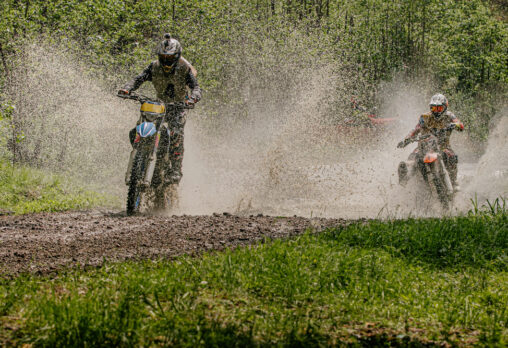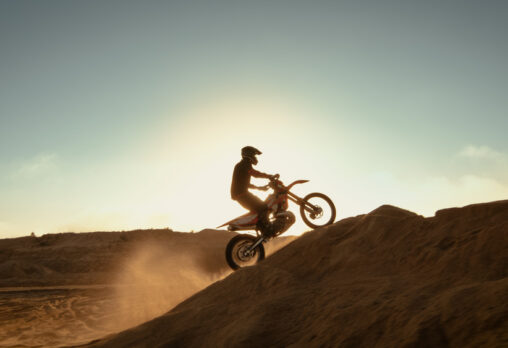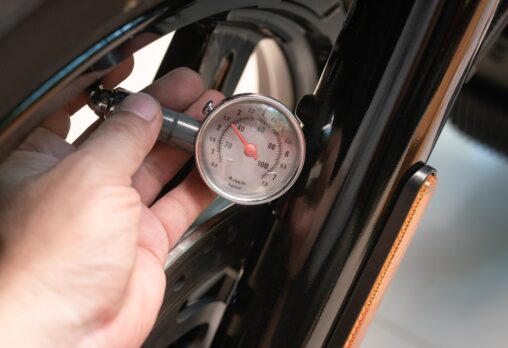The rush of taking your motorcycle off the beaten path and tackling nature’s own obstacle course is simply awesome. Trail bike riding offers that perfect mix of adventure and technical challenge, but don’t let enthusiasm cloud your judgment—proper prep work makes all the difference between an epic day out and a frustrating ordeal.
When you finally carve out time for a ride, it’s tempting to just gas up and go. But those few extra minutes of preparation and tyre maintenance could save your entire day (and potentially your bike).
Trail bike riding demands more from your motorcycle than regular road use. Your tyres, in particular, need special attention—they’re your only connection to those slippery, unpredictable surfaces. The difference between conquering the muddy slope or becoming a sweaty heap trying to drag your bike uphill comes down to proper tyre pressure and tread condition.
Avoiding frustration is important, but a lot of our tips in this article are about safety, extracting maximum performance from your machine, and extending its lifespan. A well-prepared bike responds better, keeps you safer, and will be ready for many more adventures to come.





